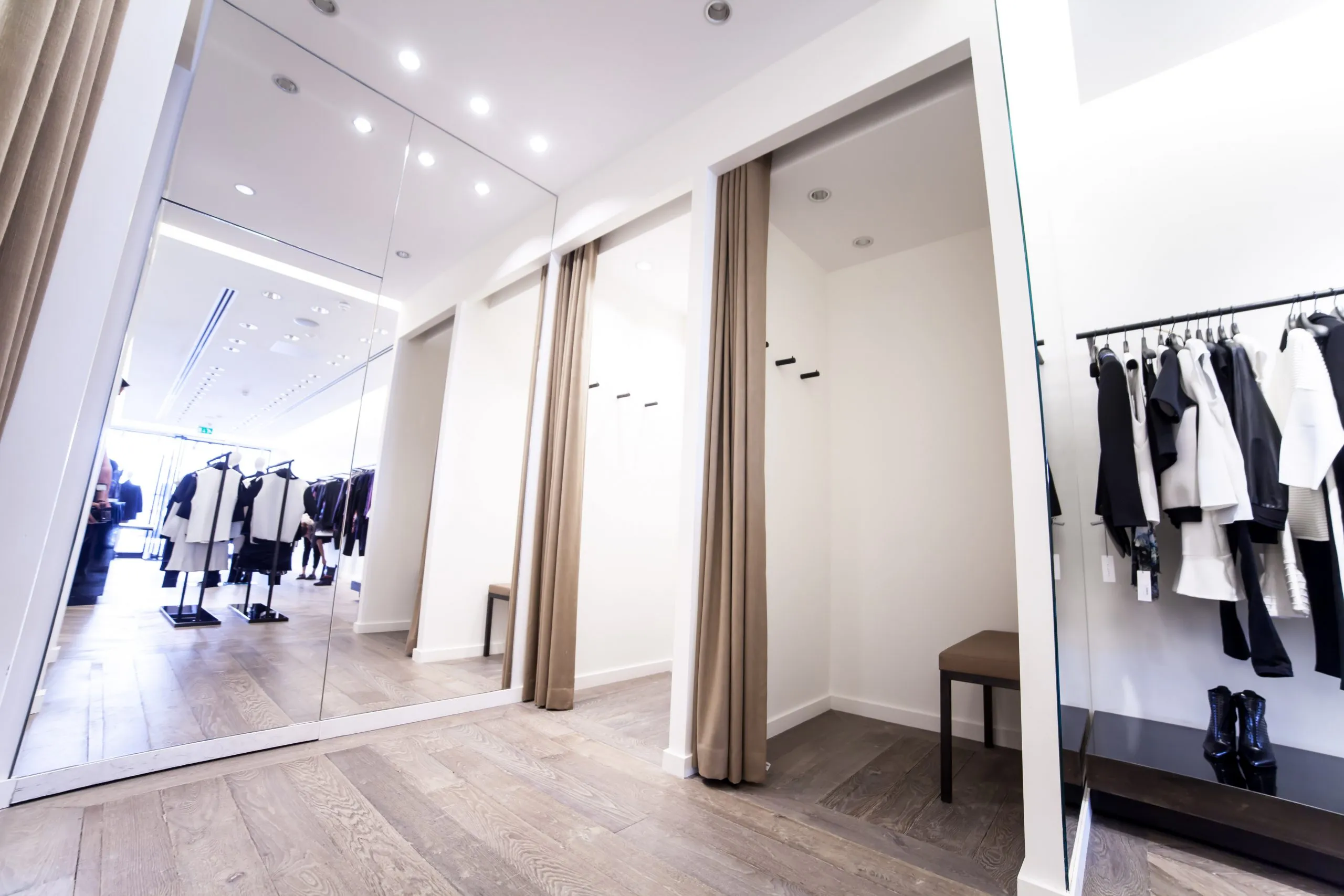In today's fierce retail landscape, establishing an inviting and engaging shopping space is more vital now than ever. Retail refurbishment is not solely about aesthetics; it's a strategic move to refresh your business, boost customer interactions, and eventually drive sales. With quick changes in consumer preferences and habits, maintaining your retail environment current and attractive is key to remaining relevant and attracting new customers.
When considering a refurbishment, grasping the power of color psychology can greatly shape the success of your design decisions. The colors you select to symbolize your brand can trigger emotions, define the tone for your store, and influence customer actions. By deliberately selecting a color palette that aligns with your brand values and appeals with your target market, you can design a environment that not just looks trendy but also cultivates a stronger bond with your customers. In this article, we will examine essential knowledge into the refurbishment process, presenting guidance on how to create a vibrant and inviting retail space through intentional design decisions and effective management strategies.
Comprehending Retail Refurbishment
Store renovation refers to the act of revamping and revitalizing a retail space to enhance its visual allure and operational efficiency. This can involve a variety of changes, including cosmetic improvements, rearrangements, and improvements to the customer experience. The aim is to create an inviting environment that draws in customers and stimulates them to spend more time and cash in the store. As shoppers' desires and industry changes evolve, retailers must adapt their stores to remain in the game.
One of the key reasons for undergoing a store renovation is the necessity to reflect the contemporary brand identity and beliefs. A properly carried out refurbishment can breathe new life into a brand, making it more desirable to both loyal and potential customers. By coordinating the environment with the brand's narrative and visual style, retailers can create a unified experience that strikes a chord with shoppers. This alignment is vital in the current market, where consumers often prioritize brands that mirror their personal beliefs and lifestyles.
In alongside boosting brand reputation, retail refurbishment can significantly affect sales and customer engagement. see revamped store configuration can facilitate the dynamic of foot traffic, making it easier for customers to navigate and encounter products. Upgraded interiors can promote a more enjoyable shopping experience, leading to increased shopping durations and greater conversion rates. Ultimately, a well-planned refurbishment can serve as a significant tool for retailers looking to transform their business and connect more effectively with their audience.
Benefits and Factors of Renovation
Refurbishing a retail space offers many advantages that can significantly enhance the overall customer experience and increase sales. A well-planned refurbishment can refresh a brand, fostering a contemporary and welcoming atmosphere that attracts both fresh and loyal customers. The visual appeal of a refreshed store can lead to increased foot traffic, as shoppers are drawn to newly designed aesthetics and engaging layouts, ultimately affecting their purchasing decisions.
While the advantages of refurbishment are clear, it is essential to consider the potential obstacles involved in the process. Business owners must carefully evaluate their budget and schedule to ensure that the project aligns with their financial resources and operational goals. Additionally, managing disruptions during the refurbishment is crucial, as any downtime can impact sales and customer experience. Planning for an effective refurbishment process will help reduce these concerns and ensure a smooth transition.
Moreover, sustainability should play a key role in the refurbishment strategy. Incorporating eco-friendly practices and materials can not only reduce environmental impact but also appeal with increasingly conscious consumers. As brands work to align their values with those of their customers, embracing green refurbishment initiatives can boost brand loyalty and create a positive perception in the marketplace. This forward-thinking approach positions the retail space as a pioneer in both style and sustainability.

Consumer Engagement and Branding Through Revitalization
Commercial revitalization plays a crucial role in improving customer experience and establishing brand identity. By creating a inviting and comfortable environment, businesses can significantly impact how customers perceive their brand. Intentional design choices, including layout, hues, and finishes, work in unison to convey the brand's values and ethos. This alignment between physical space and brand messaging helps create an engaging shopping experience that aligns with customers on various dimensions.
Moreover, refurbishing retail spaces allows businesses to respond to changing consumer preferences and trends. An refreshed store can showcase contemporary styles and provide an stimulating atmosphere that invites exploration and interaction. This adaptability is important in a fiercely contested marketplace where attracting new customers and holding onto repeat clients is becoming harder. Enhanced design and improved functionality foster a positive shopping experience, leading to increased footfall and customer satisfaction.
In conclusion, the impact of refurbishment extends beyond just aesthetics; it also shapes customer behavior and purchasing decisions. By evaluating the layout of the store and carefully arranging products, retailers can lead customers toward profitable items while ensuring a seamless shopping experience. As a result, a intentionally executed refurbishment not only revitalizes the physical space but also enhances customer loyalty and drives sales. By viewing refurbishment as an chance to reinforce brand identity and elevate customer experience, retailers can establish themselves for sustainable growth.
